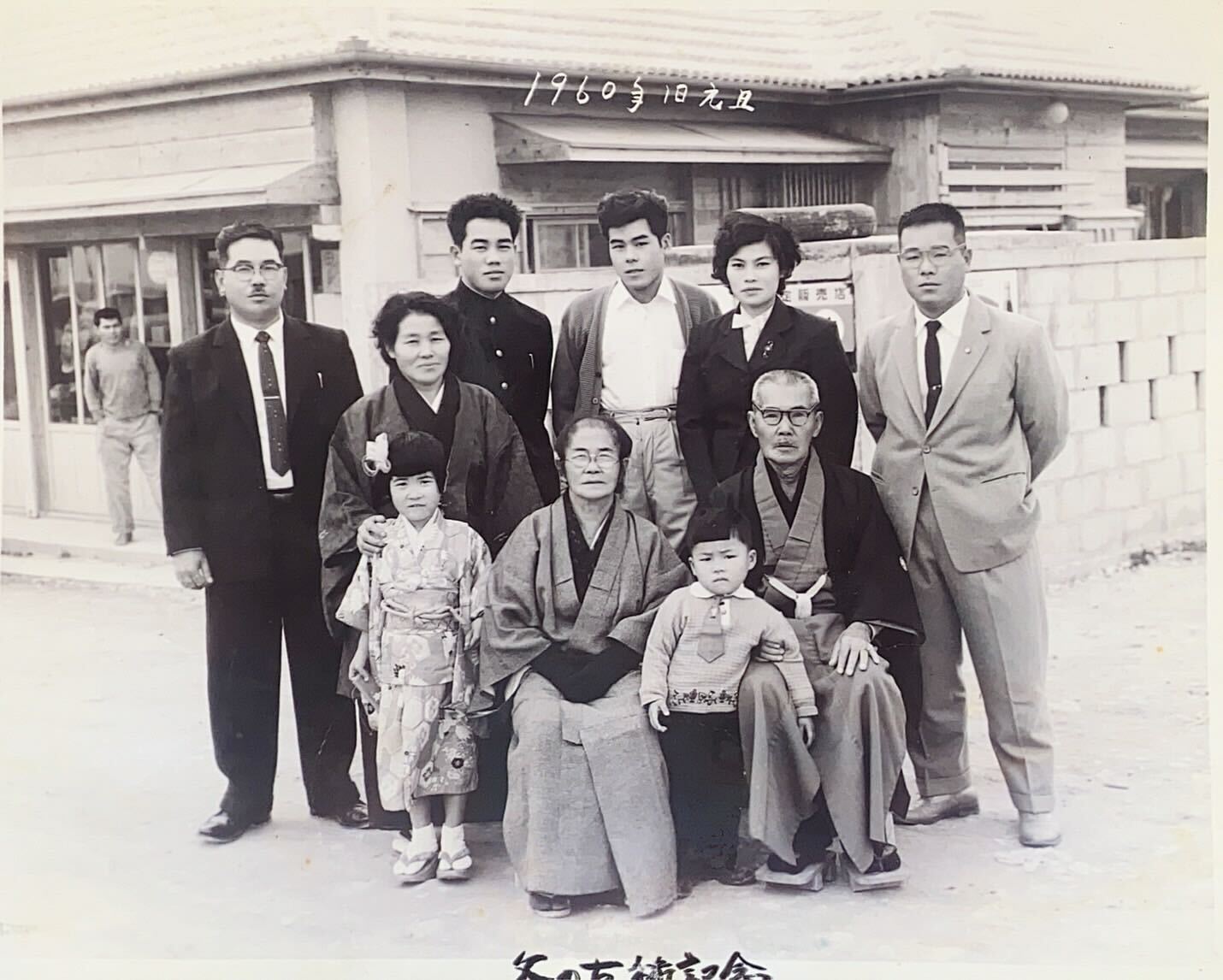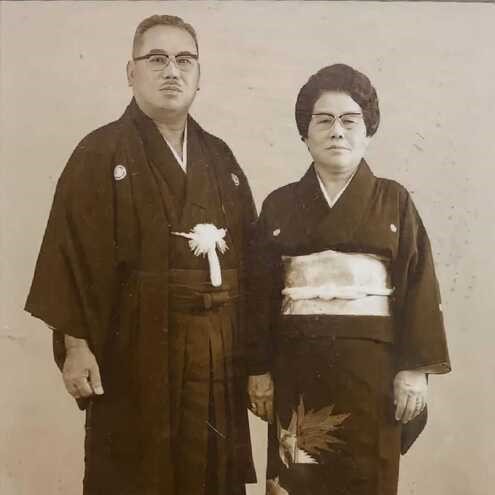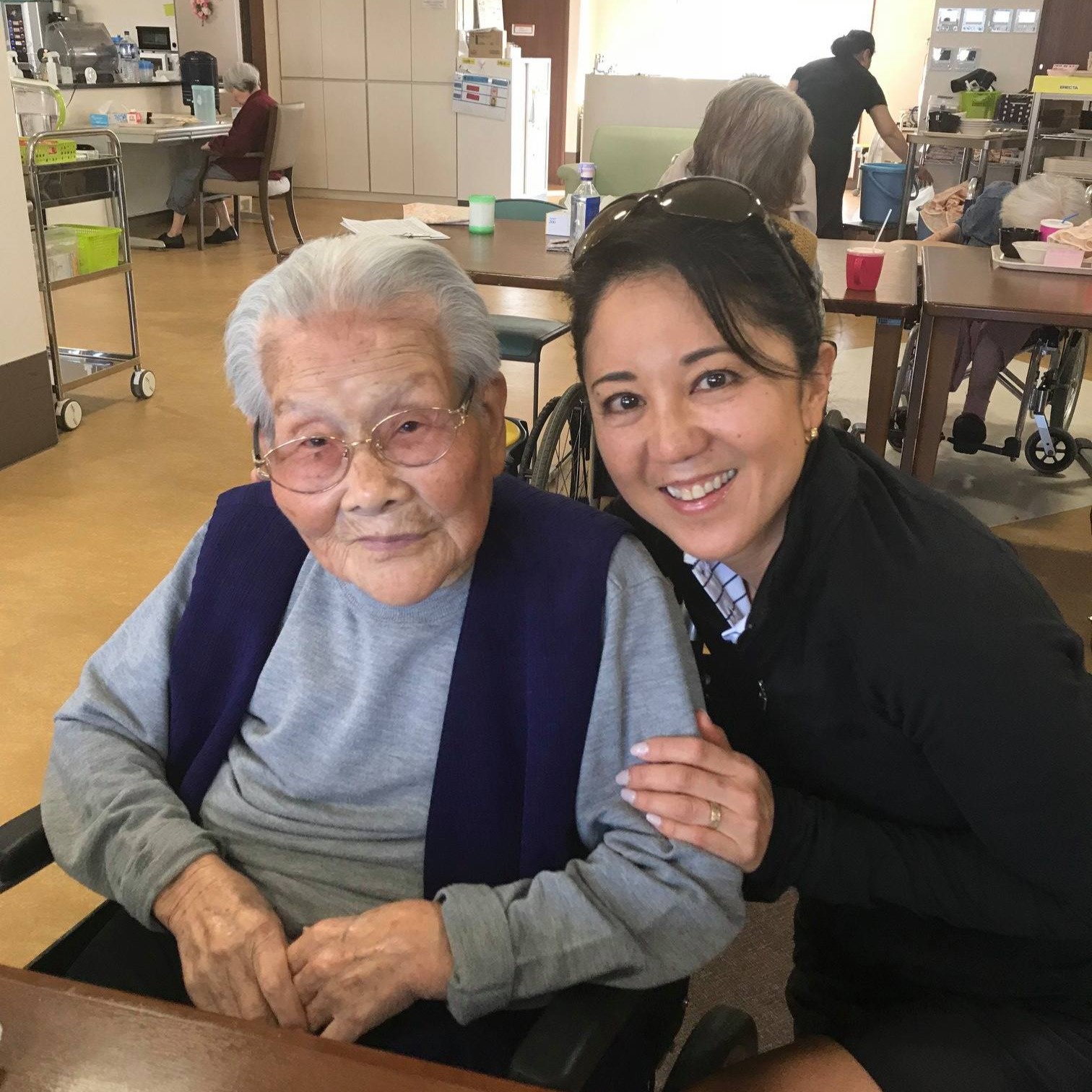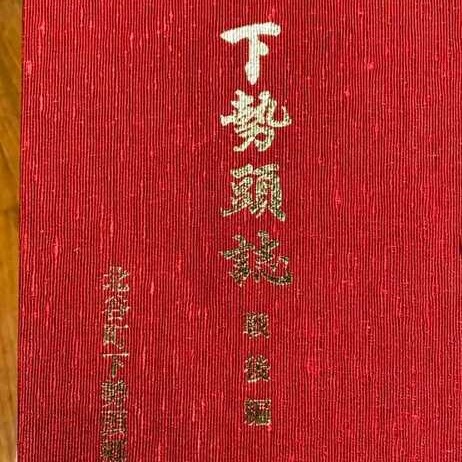BIOGRAPHY
Shizuko Kiyuna was born in Shimoseido, Chatan Town, Okinawa Prefecture, Japan, on 10 June 1912, as the youngest of eleven siblings. After graduating from school, she spent her youth helping her parents farm sugar cane in the fields of Chatan.
At the age of 17, she married and went on to have four children. During her husband’s deployment to the Second Sino-Japanese War, Kiyuna remained in Okinawa to care for their young children. She once wrote a letter not to her husband, but to his commanding officer. The officer was so impressed by her words that it helped raise her husband’s standing in the military. Her family described her as a woman of quiet strength, who supported her husband’s success from behind the scenes through thoughtful correspondence.
During World War II, her husband worked as a civil servant at Chatan Town Hall and remained in Chatan to oversee the welfare of the town and its residents. At the age of 32, Kiyuna fled from Chatan with her husband, children, and in-laws as American forces landed on Okinawa. The family escaped on foot through the mountainous forests of the Motobu Peninsula while air raids and gunfire raged behind them. Her hometown of Shimoseido was later seized by U.S. forces and became part of what is now Kadena Air Base.
After the war, the family returned to Chatan Town. Kiyuna supported her husband’s continued civil service while managing the household and raising their children. Passionate about farming, she often prioritized work in the fields to the point that she sometimes missed visiting her children’s school.
Around 1957, she opened a small shop called Kiyuna Shōten, which sold food and daily necessities. At a time when supermarkets were still rare in Chatan, the shop became an essential part of the community. At age 60, she handed the shop over to her third son and built a house nearby. She grew orchids and azaleas at the front entrance and cultivated vegetables in the backyard.
Even in her later years, Kiyuna remained active and curious. She learned to play the Ryukyu koto and practiced calligraphy into her 90s. Her calligraphy was featured on the cover of a local history book about Shimoseido, and her establishment of Kiyuna Shōten is also recorded as part of the town’s postwar development.
She continued to value her appearance even in old age, regularly putting on makeup, dressing neatly, and walking to her son’s shop with a handbag in hand. She passed on her values to her granddaughters, gifting them lipstick upon major life events such as marriage or childbirth.
Kiyuna especially loved meat, keeping suchikā (Okinawan salted pork) stocked in her refrigerator and always requesting yakiniku (grilled meat) when dining out with her family.
At 98, after fracturing her leg, she moved into a nursing home. Until around the age of 103, she returned home during Obon and New Year holidays. Even at 106, she could maneuver her wheelchair independently and visited other residents’ rooms to greet them each day.
At age 113, she was visited by her grandchildren and other family members in celebration of her birthday. She finished her jelly dessert and continues to eat well, spending her days peacefully.
RECOGNITION
In September 2020, she was reported as the 14th-oldest living person in Okinawa Prefecture.
On 4 July 2023, following the death of 114-year-old Ushi Makishi, she became the oldest living person in Chatan Town.
In September 2023, she was reported as the third-oldest living person in Okinawa Prefecture, behind an anonymous 114-year-old lady and Kikue Taira.
Her age was verified by Japan’s Ministry of Health, Labour, and Welfare (MHLW), as well as Yumi Yamamoto, Yu Li, and Eiko Kiyuna, and validated by LongeviQuest on 29 November 2023.
ATTRIBUTION
(All the information regarding Shizuko Kiyuna’s biography was gathered through interviews conducted by LongeviQuest with her family.)
* “令和5年「老人の日・老人週間」について” – Okinawa Prefecture, September 2023
GALLERY
Shizuko Kiyuna 1960
Kiyuna (second from the left) with her family in 1960, at the age of 48. (Source: Courtesy of the family)





